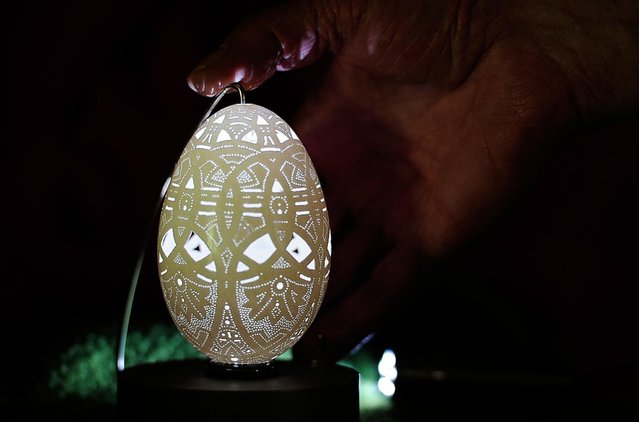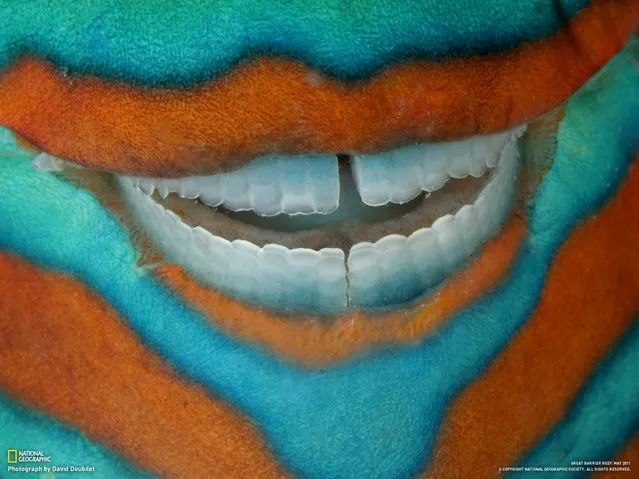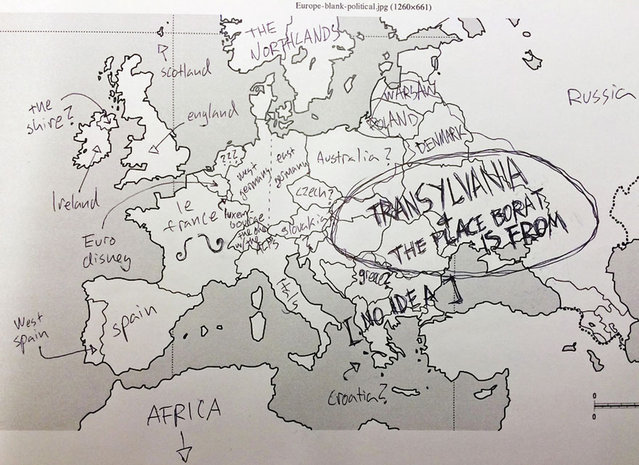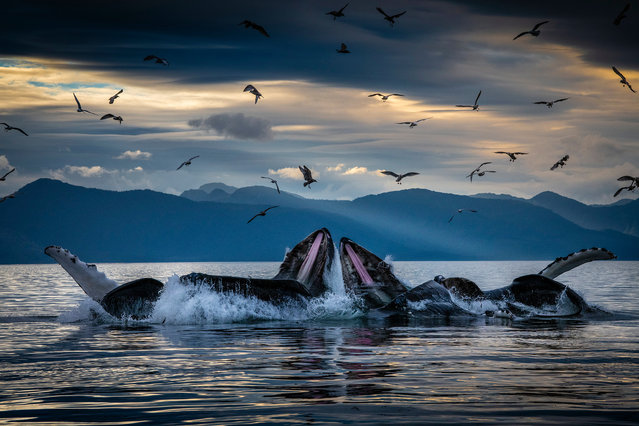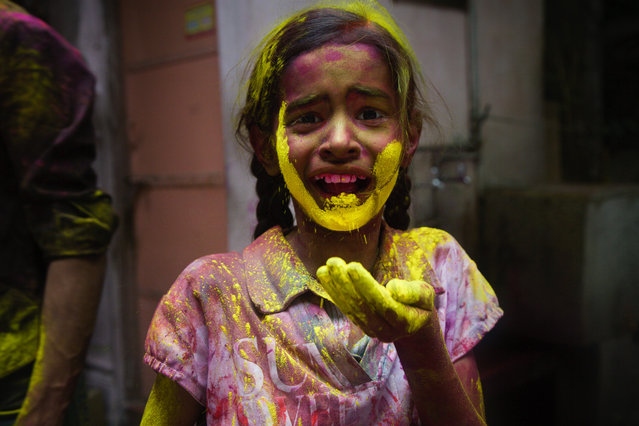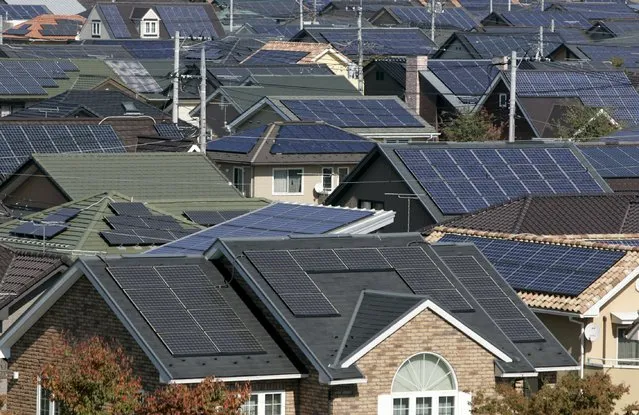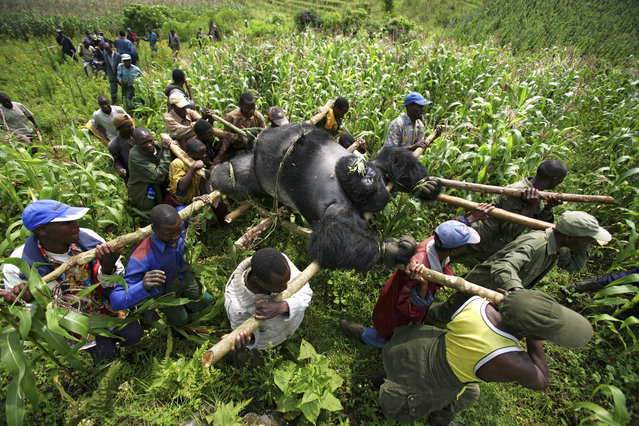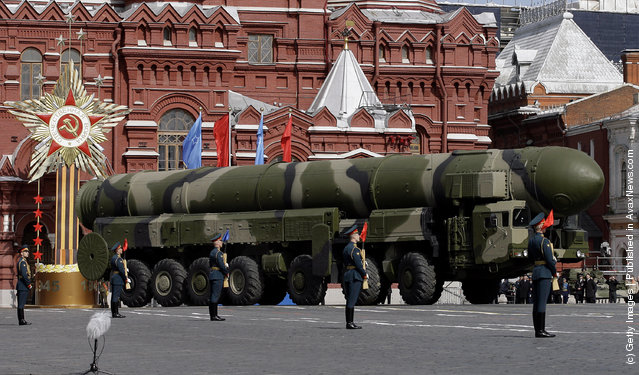
The annual Victory Day military parade takes place at Red Square on May 09, 2008 in Moscow, Russia. Russia's most important national holiday honours over 26 million Soviet soldiers killed during World War II. Around 8,000 soldiers in newly designed uniforms paraded in the largest Victory Day display of heavy weaponry since the collapse of the Soviet Union. (Photo by Dima Korotayev/Epsilon/Getty Images)
09 May 2011 07:20:00,post received
0 comments

